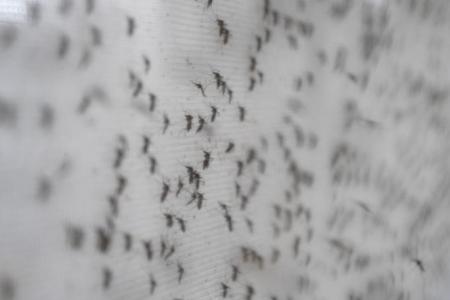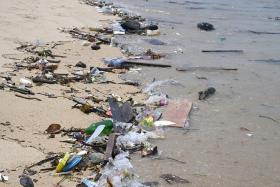Fighting dengue: What is Project Wolbachia and how are mosquitoes made?
With over 10,000 dengue cases in the first five months of this year, we take a look inside the National Environment Agency’s (NEA) mosquito factory, where Wolbachia-Aedes mosquitoes are bred to help fight dengue.
What is Project Wolbachia?
Project Wolbachia involves the release of male mosquitoes infected with the Wolbachia bacteria to control the population of Aedes aegypti mosquitoes, which spread dengue. The bacteria is found in many insects, but not in the Aedes aegypti mosquito.
When the male Wolbachia-Aedes mosquitoes mate with female Aedes aegypti mosquitoes that do not carry the bacteria, the resulting eggs do not hatch. This reduces the number of Aedes mosquitoes. Male Wolbachia-Aedes mosquitoes do not bite or transmit disease.
The Wolbachia-Aedes mosquitoes are bred at NEA’s facility in Ang Mo Kio.
How mozzies are made
1. Adult Wolbachia-Aedes mosquitoes mate in the facility’s insectary and lay eggs.
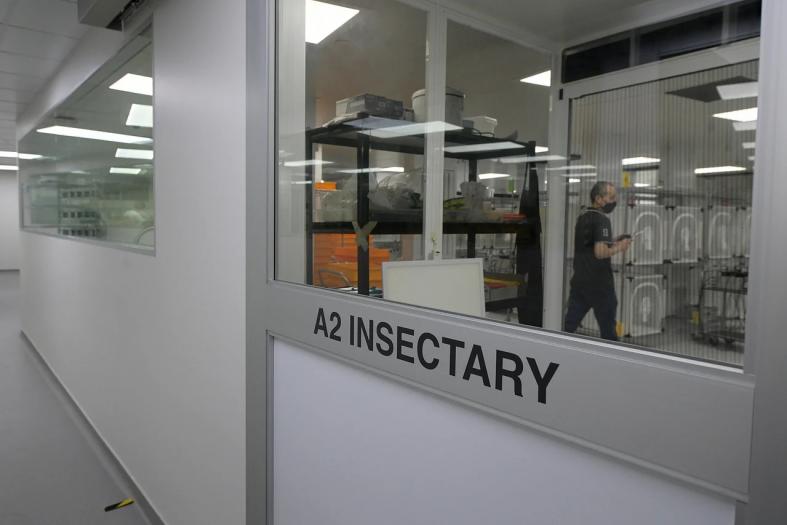
2. The minuscule eggs, the size of small black dots, are collected and stored on pieces of paper and kept until it is time to produce more mosquitoes. About 36 million eggs are kept on standby in the facility’s “egg bank”.
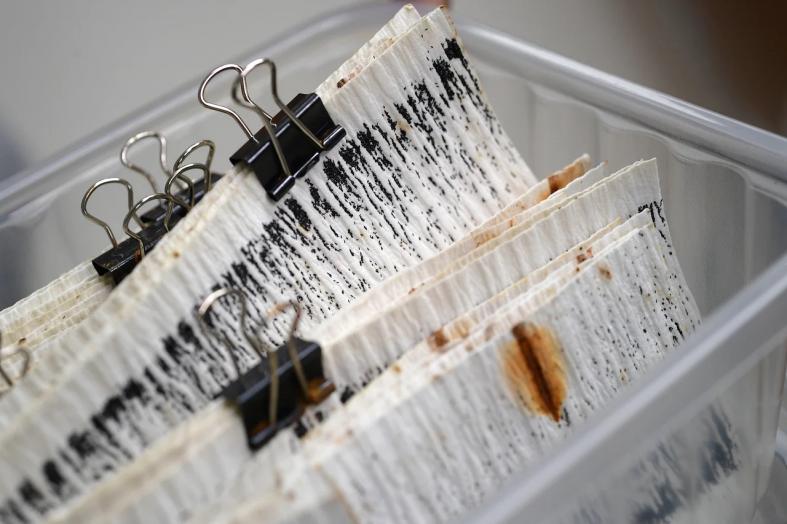
3. Once the eggs are submerged in water, they hatch into larvae within half an hour.
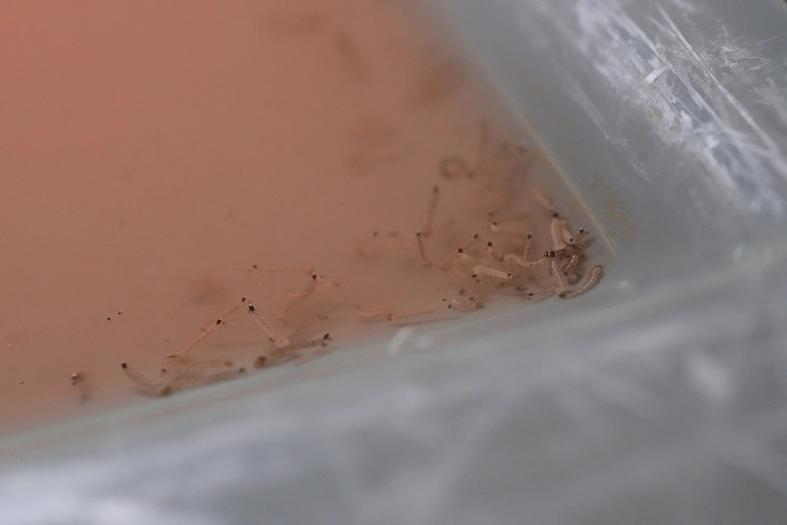
4. The larvae are counted using an automatic counter, kept in trays and fed with modified fish food until they turn into pupae.
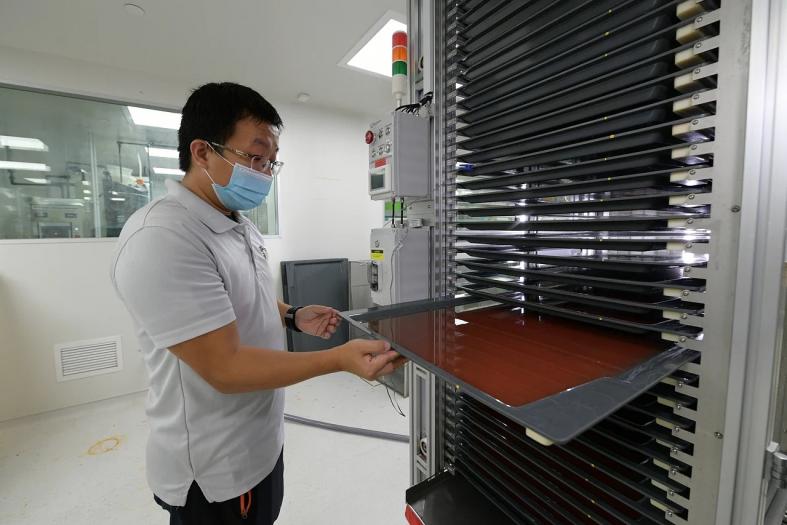
5. Pupae are sorted by sex, with only the males kept for release. To be extra safe, sorted mosquitoes are given a small dose of X-ray radiation, rendering any females that may have slipped through infertile, so that they cannot reproduce.
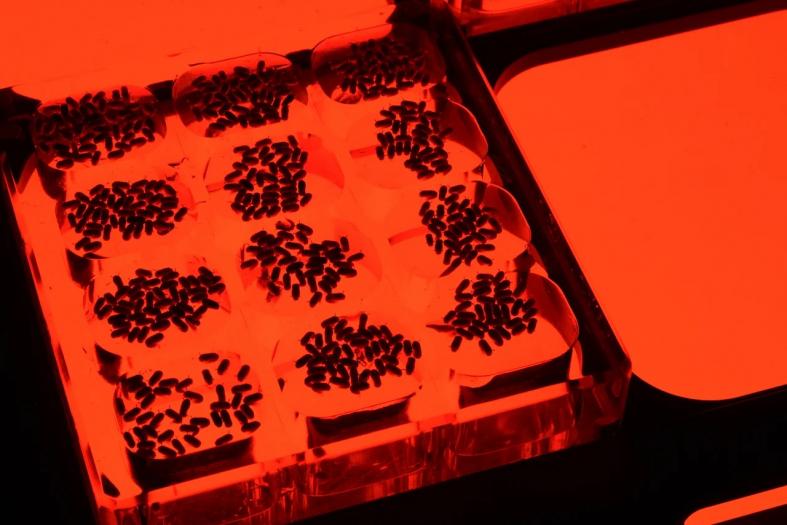
6. The pupae are kept in tubes where they grow into adults. The tubes are then brought to estates around Singapore, where the mosquitoes are released
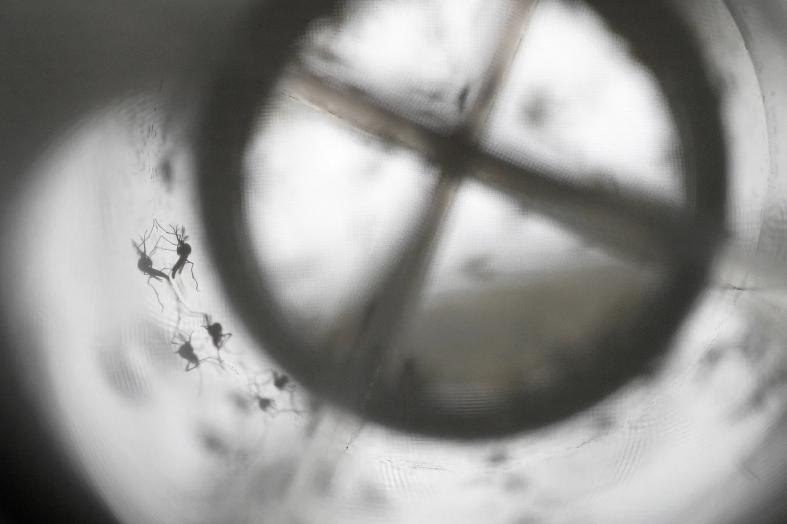
By the numbers
- About 200 million Wolbachia-Aedes aegypti mosquitoes have been bred at NEA’s facility since 2019
- About 1.5 to 2 million Wolbachia-Aedes mosquitoes are released every week
- They have been released around 160,000 homes, including about 1,800 HDB blocks across study sites in Yishun, Tampines, Choa Chu Kang and Bukit Batok towns, and 5 sq km of a landed estate in Marine Parade
- 3 to 4 months: How long it takes for these mosquitoes to actually have an impact on the dengue figures
- 150 mosquitoes contained in each tube
- Up to 88 per cent reduction in dengue cases at some Project Wolbachia study sites
Get The New Paper on your phone with the free TNP app. Download from the Apple App Store or Google Play Store now

